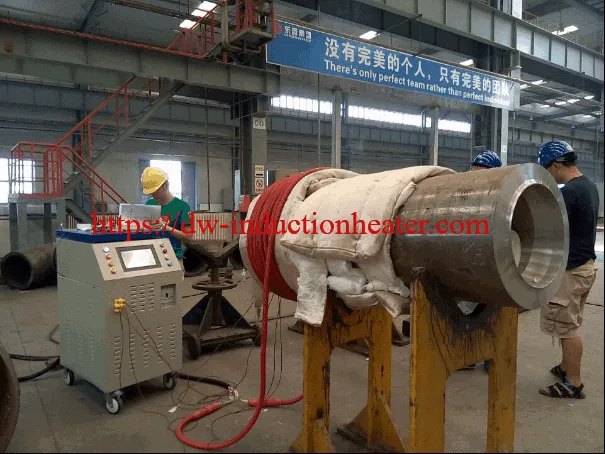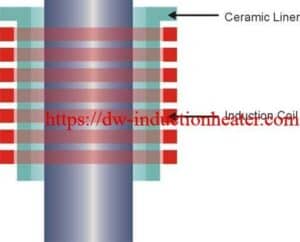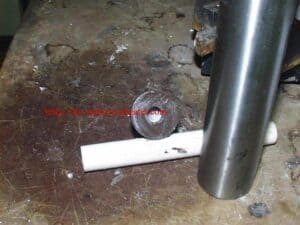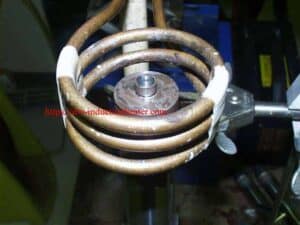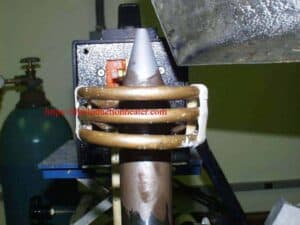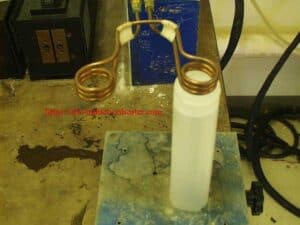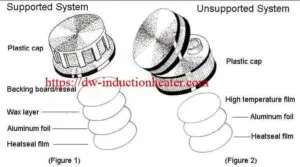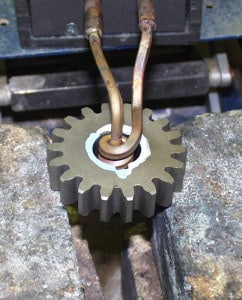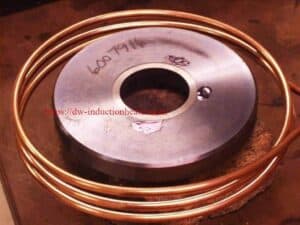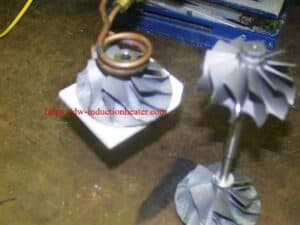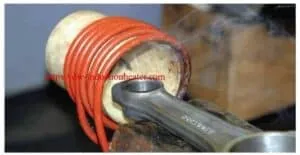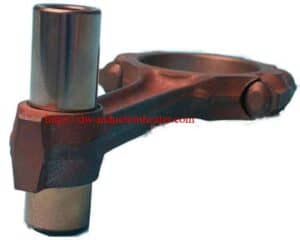Portable Post Weld Heating Treatment System With Induction
Main Application:
l Preheat: weld heat,coating, spraying, bending, fitting&unfitting heat
l Post-weld heat treatment: tank, boile, pipeline, steel sheet or other metal jobs
l InductionHeat: mold heating, shipboard, zinc bath, large& irregular metal parts
l Pipeline material heat: pipeline oil, pipeline gas, pipeline water, pipeline petrochemical and other pipeline material
Main Features:
* High speed: 70%
* Low tolerance
* Energy Saving
* High efficiency
* Accurate heating
* Simple operation
* Non-contact heating
* Environmental protection
* Hypothermia circumstance
* Air cooling is suitable for low-temperature environment
* Induction heating is more uniform than oil,gas,flame heating 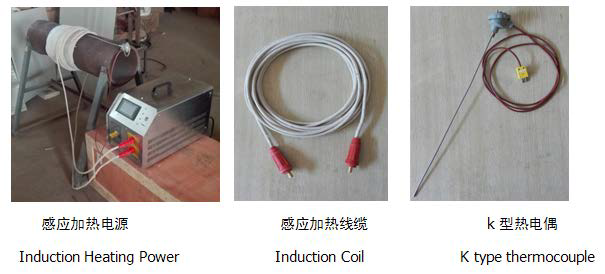
| MYD-20KW | MYD-10KW | |
| Input voltage | 3*380V, 50/60Hz, 4 Wires | |
| Input Current | 1~30A | 1~15A |
| Output Current | 0~300A | 0~200A |
| Output Power | 1~20KW | 1~10KW, Max 15KW, 150% duty cycle |
| Output Frequency | 5~30KHZ | |
| Thermocouple | K type | |
| Temperature system | Build in induction machine | |
| Heating Temperature | Max800℃ | Max500℃ |
| Size | 700 x 330 x 410 mm | 650 x 310 x 410 mm |
| Weight | 32kg | 26 kg |
| Induction Heating coil | ||
| Length | 10~20 M | |
| Diameter | 15 mm | |
| Working temperature | -30~45℃ | |
| Pipeline Size | OD: 50~500mm or equivalent | |

